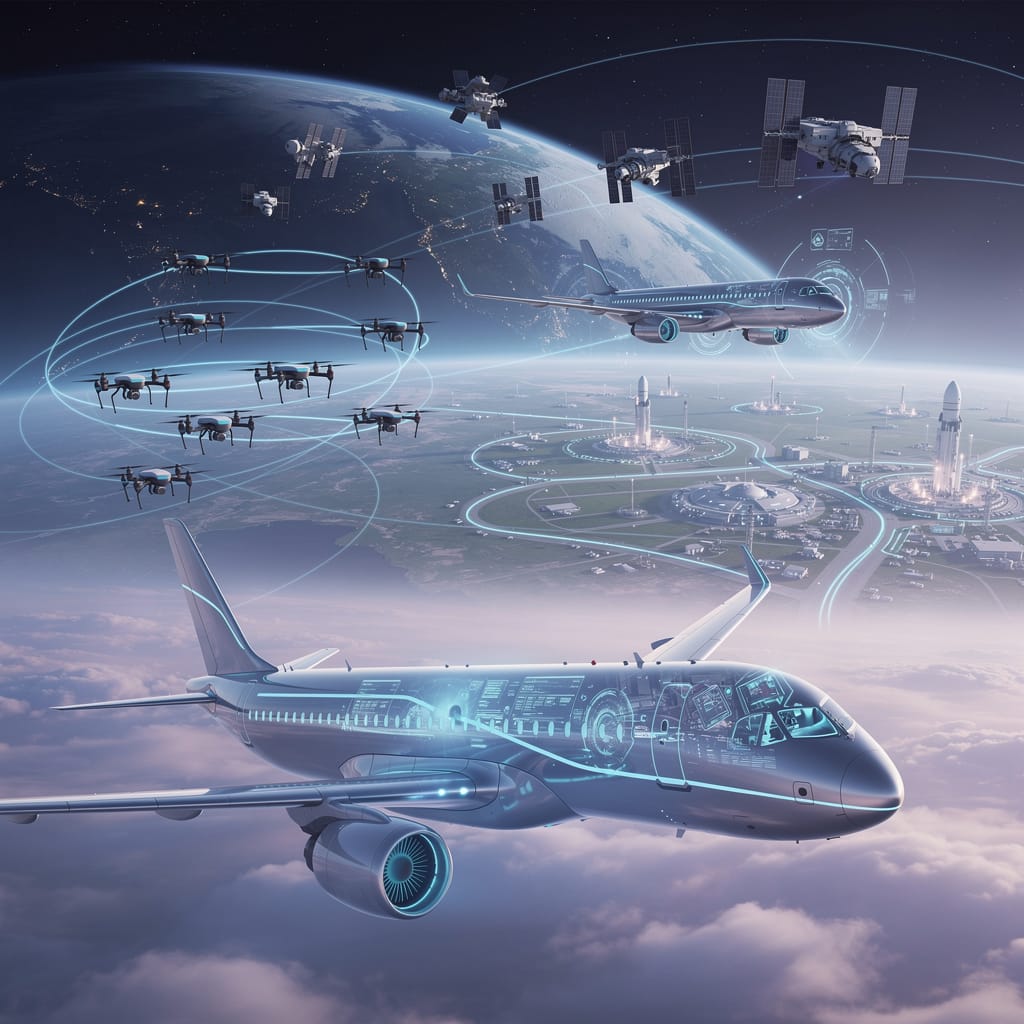Enhancing Workplace Safety
Let’s explore the “Enhancing Workplace Safety,” by discussing how collaborative robots (cobots) are contributing to improved safety in various industries.
Minimizing Human-Robot Collisions
One of the primary safety advantages of cobots is their ability to detect human presence and adjust their actions to prevent collisions. Advanced sensors and real-time feedback systems allow cobots to slow down, stop, or change their trajectory when a human worker enters their workspace, reducing the risk of accidents.
Safe Operation in Shared Spaces
Cobots are designed to operate safely in shared spaces with human workers. Their ability to collaborate in close proximity without endangering human workers makes them ideal for tasks that require direct human interaction, such as assembly or quality control.
Reducing Hazards and Risks
In industries where tasks involve hazardous materials or environments, cobots play a critical role in risk reduction. By delegating risky tasks to cobots, human workers are kept safe from exposure to harmful substances, extreme temperatures, or other dangers.
Ergonomic Support
Cobots are designed to handle physically demanding tasks that might lead to strain or injury for human workers. By automating repetitive or strenuous tasks, cobots contribute to reducing ergonomic-related injuries and occupational health concerns.
Collaborative Risk Assessment
Before deploying cobots, collaborative risk assessments are conducted to identify potential hazards and mitigate them. This proactive approach ensures that both cobots and human workers can coexist safely, minimizing any unforeseen risks.
Compliance with Safety Standards
Cobots are designed to comply with stringent safety standards and regulations. This ensures that their interactions with human workers are in line with established safety guidelines, providing a level of confidence to industries and regulatory bodies.
Promoting Safety Culture
The presence of cobots in the workplace encourages a safety-conscious culture. Employees become more aware of their surroundings and the need for safe practices when working alongside cobots, leading to an overall improvement in workplace safety.
Training and Education
Cobot deployment often involves training sessions for human workers. These sessions educate employees about how to interact with cobots safely, what to do in case of unexpected situations, and how to optimize their collaboration with these machines.
Continuous Improvement
The safety aspect of cobots is subject to continuous improvement. As technology evolves, sensors become more precise, algorithms become smarter, and safety mechanisms become more sophisticated. This ongoing refinement enhances the cobots’ ability to operate safely and effectively.
Conclusion
Collaborative robots represent a breakthrough in workplace safety by offering a proactive approach to human-robot interaction. Their advanced sensors, safety mechanisms, and compliance with standards make them valuable assets in industries prioritizing employee well-being. As industries continue to integrate cobots, workplace safety will remain a driving force behind their adoption, ensuring a harmonious and secure collaboration between humans and machines.
Shop tip
Cobots on Amazon
The future of work on Amazon
The future of cobots on Amazon

Have a fantastic day, and continue enriching your own knowledge!
Source OpenAI’s GPT language models, Fleeky, MIB, & Picsart





